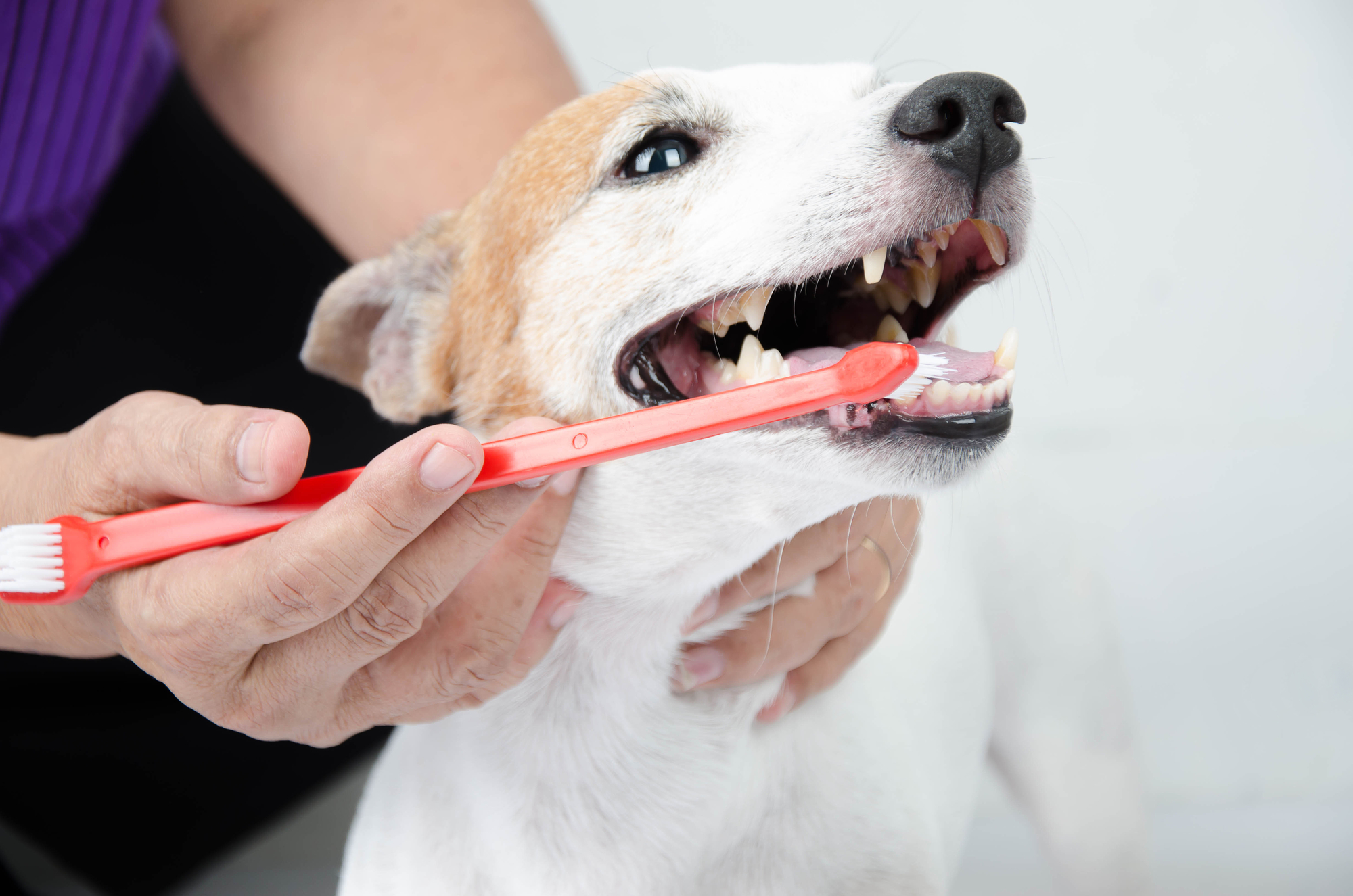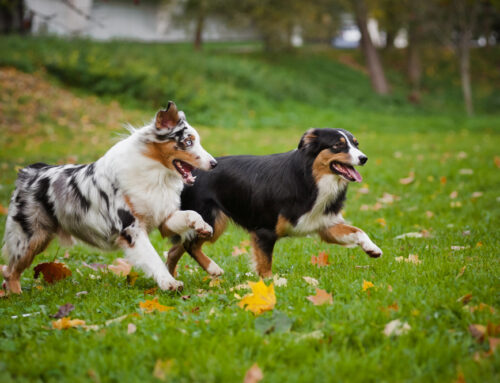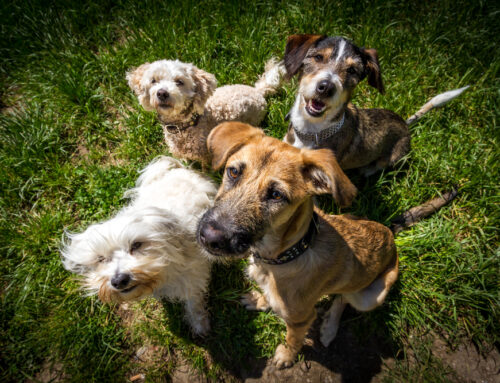Healthy teeth and gums are critical for your good health: you keep your teeth clean with daily brushing and regular visits to the dentist. When you brush them thoroughly, you get rid of all the nasty things left over from food, which prevents cavities and serious dental problems.
Your dog needs the same thorough dental care. Dental care is the most important thing for your dog’s overall health, yet it is often the most overlooked on the list of care by many dog owners. Without regular care and cleaning, your dog can develop a host of problems including gingivitis, periodontal disease, oral infections, and abscesses.
What is Canine Dentistry?
Most likely, your vet performs dental procedures on dogs, ranging from cleaning, filing, extractions, and overall gum and mouth care. During a visit for dental care, your vet will first perform a visual oral exam of your dog’s teeth and mouth. A radiograph may be necessary to check the jawline, the health grade of teeth both above the gumline and below. A complete cleaning includes the removal of tartar and plaque as well as polishing the teeth and must be performed under anesthesia. If you think of your own dental visits and cleanings, that’s what happens to your dog.
You want to aim to have your dog’s teeth checked once a year in order to prevent big problems and periodontal disease from developing.
What Are the Signs of Canine Dental Problems?
You may see subtle or not-so-subtle signs that your dog has, or is developing, gum disease. You may notice any of the following:
- Bad breath
- Uncharacteristic growling or snapping, especially when touching the mouth area
- Red and swollen gums
- Ulcers in the mouth
- Poor appetite
- Receding gums
- Blood in the water bowl
- Loose teeth
What is Pet Gum Disease?
Pet gum disease is actually the same thing as periodontal disease and is a common problem in dogs. Besides the signs you may notice, your dog experiences pain caused by loss of both gum tissue and bone. Periodontal disease happens when the gums become inflamed and no longer provide stable support for the teeth and jaw. Unfortunately, your dog cannot tell you he’s in pain. Without treatment, periodontal disease can escalate to cause damage to your dog’s internal organs.
What Are the Stages of Periodontal Disease?
The following are the stages in the progression of periodontal disease.
Stage 0
- Signs: The dog’s teeth are clean, and his gums are pink and flat.
- Treatment: Regular vet treatment and yearly cleaning; daily brushing at home.
Stage 1
- Signs: Tartar becomes visible, and gums start to become red.
- Treatment: Yearly cleaning by vet; daily brushing at home.
Stage 2
- Signs: The gums become markedly swollen and there is the start of bone loss.
- Treatment: Cleaning by a veterinary dental specialist, ASAP.
Stage 3
- Signs: The bone loss continues.
- Treatment: The dog may need teeth to be extracted as well as advanced treatment by a veterinary dental specialist.
Stage 4
- Signs: With the increased bone loss, teeth fall out and gums become bloody.
- Treatment: Advanced treatment by a veterinary dental specialist is critical.
What Are the Causes of Canine Gum Disease?
Just like us humans, when dogs eat, some food particles remain on the teeth. These combine with saliva and bacteria, which then form a sticky substance, called plaque, that clings to the teeth. The process continues to subsequently cause painful and inflamed gums, which is called gingivitis, a disease that causes the gums and teeth to become separated and the tooth loss process to begin.
How Do I Brush My Dog’s Teeth?
Can you prevent your dog from ever getting periodontal disease? The answer is yes and to start right away by brushing his teeth when he is a puppy. Even if he isn’t a puppy when you begin the brushing process, you can be successful by making it a positive experience. For the best possible brushing experience for your dog, follow these steps.
- Find a quiet place away from the rest of the household.
- Hold small dogs in your lap. Sit larger dogs next to you with their heads in a position where you can readily reach his mouth.
- Take your finger and rub it gently across the surface of his teeth and gums.
- Spend just a minute or two doing this at first until you gradually build up the amount of time you do this and your dog becomes used to the feeling.
- Put a small dab of dog toothpaste on your finger and let him smell and lick it.
- When he becomes familiar with the smell and taste of the toothpaste, put some on your finger and rub it across his teeth.
- Once you have oriented your dog to the feeling and taste of toothpaste, it’s time to start introducing him to the toothbrush.
Introducing the Toothbrush
- Let your dog smell, lick, and see the toothbrush you have chosen.
- Since he is already familiar with the toothpaste, put a small amount on the toothbrush and hold it up to his mouth.
- Begin to brush his front teeth in a circular motion.
- When he is comfortable with the front teeth, move to the back teeth and brush.
- Always end on a positive note by giving him a treat or favorite toy.
Here are the types of toothbrushes you should look for:
- Brushes with angled handles
- Small brushes that fit in your hand
- Brushes that can fit over your finger
Other Ways to Manage Your Pet’s Dental Health
Water and Food Additives
A number of foods and water additives are readily available that promote your pet’s dental health. These additives are formulated to attack the bacteria in your pet’s mouth that cause the development of plaque and tartar.
Dental Chews, Treats, and Sticks
A chewing dog is a dentally healthy dog. It is true that dogs who chew probably have less plaque and tartar than non-chewers. In fact, some of the sheep products currently available have proven to reduce the buildup of plaque by 70%!
Rinses
There are also a variety of rinses that are effective in reducing the buildup of harmful bacteria.
Good canine dental care results in your dog’s healthy teeth, gums and mouth, so he will live a long, happy and healthy life.








